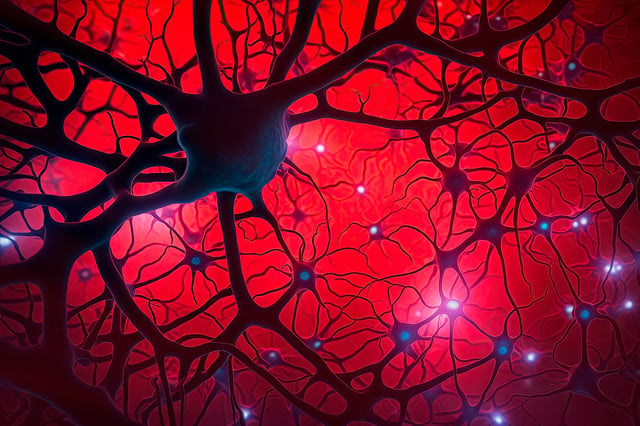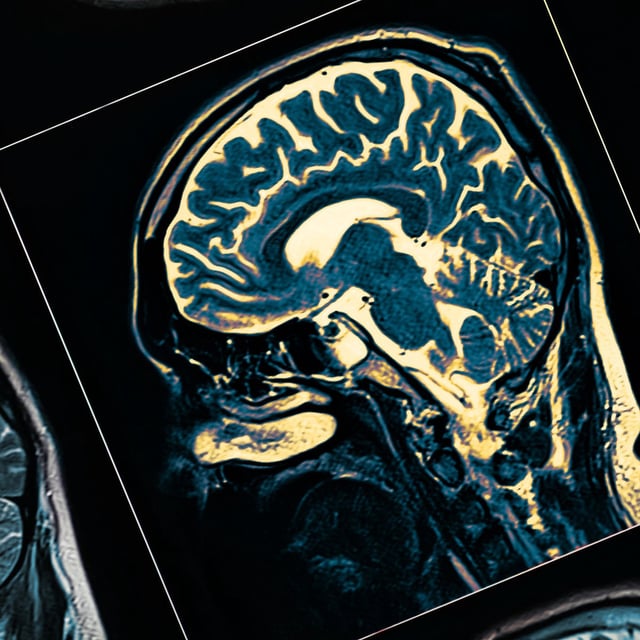Overview
- Published in Nature Biomedical Engineering on Oct. 1, the study from Cambridge, UCL, the Francis Crick Institute and Polytechnique Montréal reports direct visualization and quantification of α-synuclein oligomers in human brain tissue.
- Using autofluorescence suppression with single-molecule fluorescence microscopy, ASA-PD detected and analyzed over 1.2 million protein aggregates across Parkinson’s and age-matched control samples.
- Oligomers were present in both groups, but Parkinson’s brains contained larger, brighter and more numerous assemblies, including a disease-specific subclass not seen in controls.
- Researchers say the technique could enable aggregation atlases, earlier biomarker development and trial monitoring, though findings rely on post-mortem tissue and require replication and validation.
- Work was supported by ASAP, the Michael J. Fox Foundation and the UK MRC using brain bank donations, as separate early-stage research reported a peptide that stabilizes α-synuclein in an animal model.



